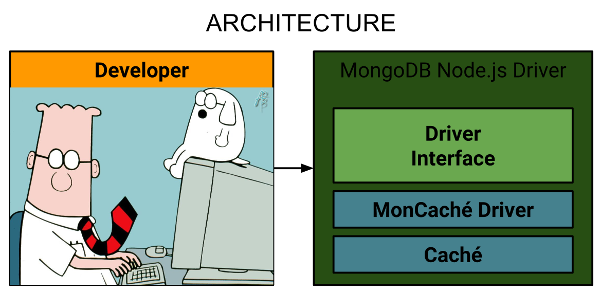Hello everyone,
Im just wondering if there is any possibility to "Listen" to a cache DB? We have our cache DB somewhere else provided by a different company, we are provided the interface to connect to that cache DB so we can extract the cache DB every night.
Im just curious if theres a way to "listen" to the cache DB, so if theres any changes on the table in the cache DB, I could make a trigger to extract the table again.
I know i could just set my ETL every hour or so... but that would extract all the tables in cache DB.




